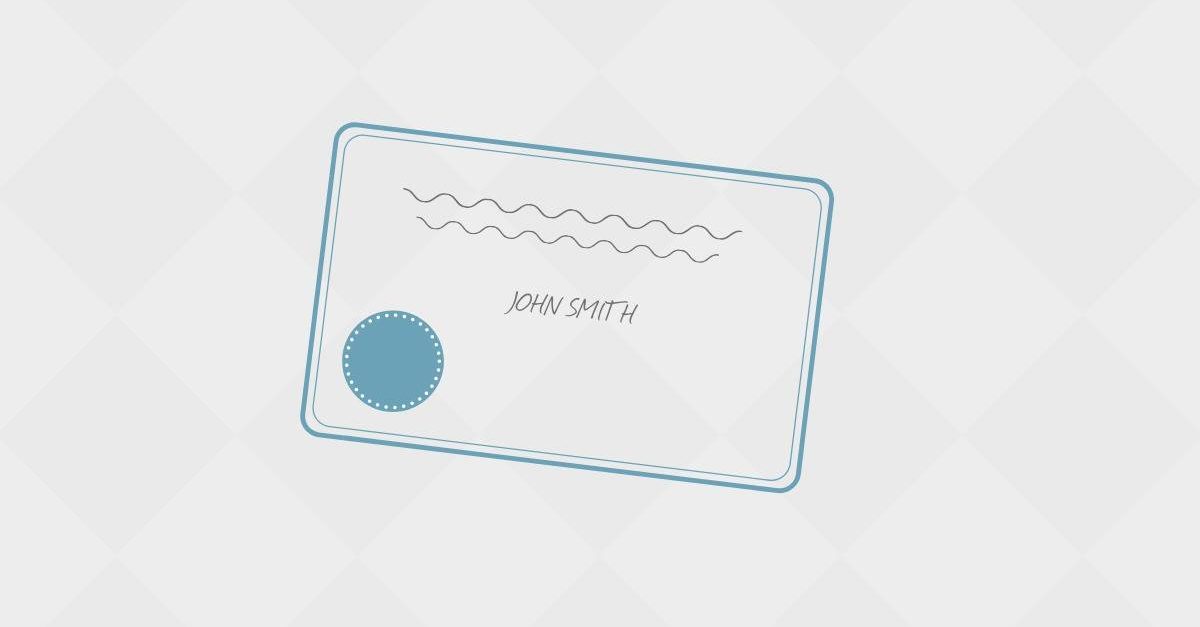Whether you’re ready to obtain your first-ever license, renewing, or requesting a license to practice in a new state, there is a lot to know about the licensure process. Luckily, all 50 states have a licensing board website with information on steps to obtaining licensure.
Some general tips:
- Know the licensing authority within your state of practice.
- Read your state’s discipline-specific scope of practice to learn and understand all laws, rules and regulations.
- Determine if your state of practice requires any additional testing beyond the national licensing exam, i.e.: Jurisprudence exam.
- Know all fees required to obtain and maintain your license.
- Re-read all rules and requirements. If you miss submitting a form or pay the incorrect fee, your licensure application will become further delayed, preventing you from patient care.
- Understand all continuing education requirements prior to renewing your license. Some states have limits on the number of hours that can occur via web-based training. States will have a breakdown of in-person training, web-based/electronic training, allowable hours as a clinical instructor, etc.
- New licensees should file for a Medicare NPI (National Provider Identifier) number. The NPI is a unique 10-digit identification number for covered health care providers and required by most employers in order to treat Medicare beneficiaries.
- Practice patience. Getting a license for the first time or in a new state takes time—administrative time by the licensing board and possibly by state authorities if a background check is also required.
- PTs and PTAs whose state of residence is actively participating in the PTLC should also familiarize themselves with information on the Physical Therapy Compact website.
Find your state’s licensing contact information:
Physical Therapy Licensing Authorities
Occupational Therapy Licensing Authorities
Speech-Language Pathology Licensing Authorities
This post first appeared on RehabVisions.
